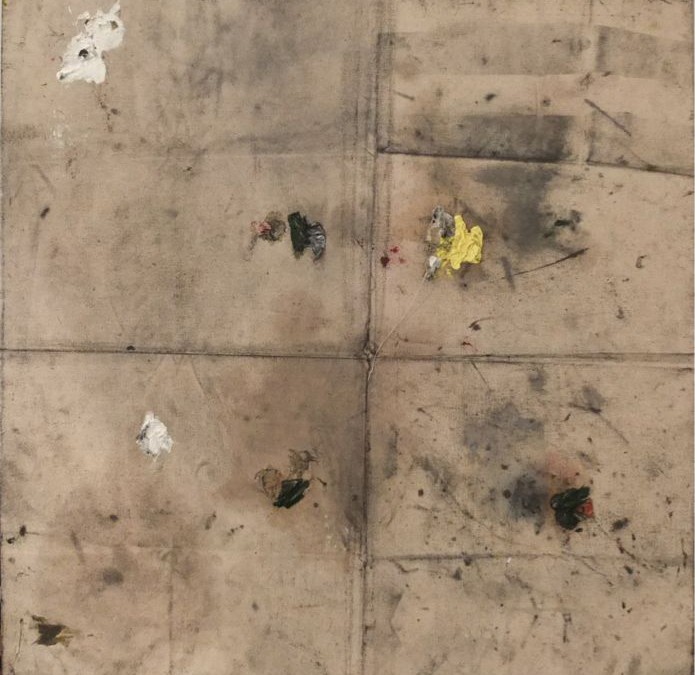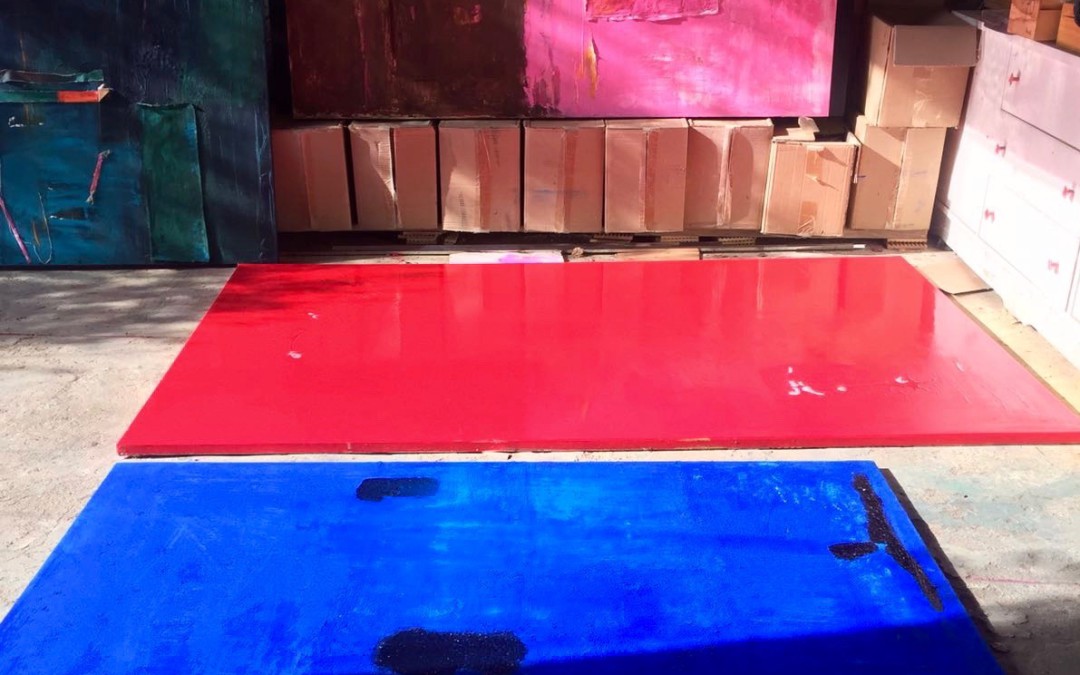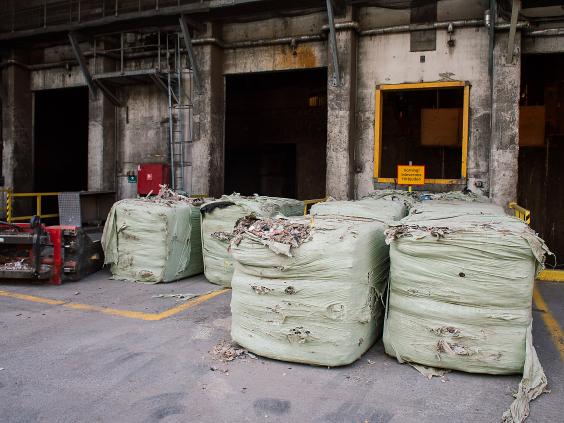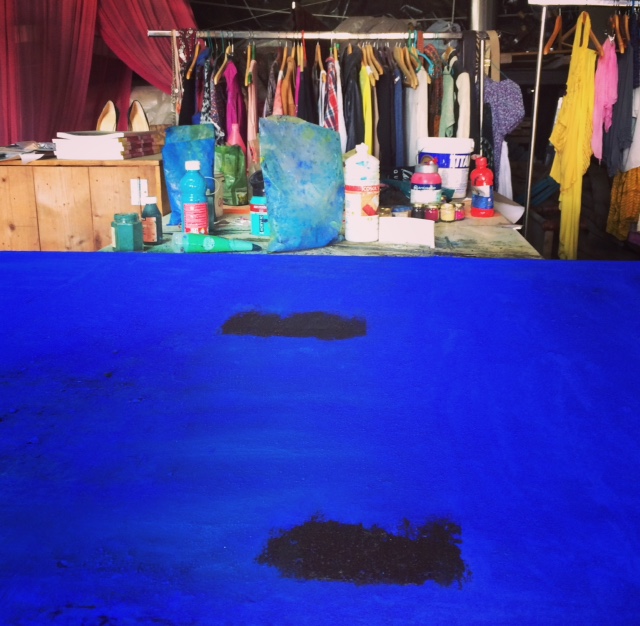
New work in Progress
I tried to make something ,.something..don’t know yet
Yes Something ,.or so
Goodnight
LoveMeXXXX

I tried to make something ,.something..don’t know yet
Yes Something ,.or so
Goodnight
LoveMeXXXX

How does the behaviour of collectors affect the market and the career of an artist?
I love this interview with Marta Gnyp, collector and art historian, we start to step into some of the art world’s taboos. Marta, with her wit and humour and openness, shares with us her acute observation on the market dynamics and the phenomenon of collectors’ rising power.
Talking about young artists, there are also collectors who support young emerging artists. It’s very positive for the collector’s image if they say, “I collect their works and help them to continue in their career.” Would you say this was also a key feature of being a good collector?
Absolutely. It is a feature of a good collector because it implies risk-taking, whereas someone who collects Warhol or Rudolf Stingel (*1956) doesn’t really take a risk. These artists have already made their names and command high prices, so their market is considered safe from the investment point of view, at the moment at least. The situation is completely different for younger artists because they can change their profession, lose their skills or simply disappear. We have seen many cases like this. So, if you are collecting emerging artists, you are simply taking risks.
However, there is something very specific about the notion of risk-taking in our current collecting scene. You are not taking any risks if you only buy works that you like, because you will own the work that you like and that’s enough. But by saying that you are “taking risks”, you are actually implying that there is more at stake than just buying beautiful works that you like. Very often it means that you want something to either stay valuable or increase in value.
Buying from very young artists is also very rewarding for collectors because if collectors grow themselves, then they will grow with the artists. This is one of the most relevant features of contemporary collecting. If you are lucky, or if you have a good eye, then you will find an artist who can grow very quickly. When we look at the careers of Mark Bradford (*1961, USA) or Mark Grotjahn (*1968, USA), we see that the prices went up 10 or 100 times over 15 years. A piece of theirs you bought 15 years ago for US$ 50,000 might be worth $ 1 million today. So, if you were interested in the artists early on, you could be a part of a really amazing shift in their careers.
These kinds of stories are very present and often told so they permanently feed the excitement of the art world and the perpetual need to collect. Almost everybody wants to be the one who finds the next Picasso.
We sometimes ask how the market functions, and if it’s possible to fabricate the market of an artist and make an artist successful commercially? Does talent still count? This is a very sensitive, yet interesting question. Have you made any observations from your research?
I analysed two artists in my book – Oscar Murillo (*1986, Colombia) and Phyllida Barlow (*1944, UK). They have completely different positions and are from two different backgrounds. One is 30 and the other is 72. I was very curious to know what makes an artist suddenly visible and desirable for so many collectors. Murillo and Barlow are two extreme cases, as both of them became very visible within a very short period of time. For this to happen, you need every actor in the art world to be mobilized for you.
Talent, skills, artistic vision and determination are of great importance but you need a whole constellation to make you visible in the first place. You need something to make the others believe in the quality of your art – and quality is something that is very problematic. You need people who perceive the quality and mediate it to the art world.
Murillo is a good example. He was suddenly discovered by a number of significant collectors, dealers, curators and gallerists, all at the same time. A gallery showed his work, then another one became interested, and another. A collector who saw the shows then said, “Wow, such energy, the energy of Basquiat!” and immediately, there was a relevant context for his art. Another dealer found Murillo’s work fantastic and gave him greater visibility, and a famous curator discovered him as well. Many people with tremendous authority liked his art, rumours started and people who buy with their ears began chasing his artwork. All of a sudden, everybody was interested in the artist.
About Marta Gnyp
Marta Gnyp is a Dutch art historian based in Berlin active as international art advisor, art journalist and art collector specialized in contemporary art. She recently published the book The Shift. Art and the Rise to Power of Contemporary Collectors based on her PHD research in the field of art history/art sociology and also started her own gallery GNYP in Berlin.
www.martagnyp.com

When you meet the right person at the right time !,.
I met with this amazing woman somewhere in the campo, she looked at me and said :
“You are a great artist ,.But it is time for you to paint more, you know that don’t you..?”
Thinking of the last couple of months, I did a lot of Photography, a lot of publicity and a lot of travelling but indeed not actual paint .
Like in paint paint that your right arm ( obviously I am right handed ) hurts so much I can not use it properly!, My trainer calls me a sissy when I lift something at the moment! just over used it ,..that kind of painting.
So yes I listened to the woman, she asked me if I was able to paint 10 paintings in 10 days , basically one a day.
Always love a dare or a challenge I said “yes I can”.
I am on 7 number, 8 is in the make , I love how the right person at the right time can push you to where you want to be , that little last bit where you yourself sometimes stagnate.
Thank you lovely woman in the beautiful fields of Ibiza, we will meet again soon.
LoveMeXXXX

Sweden is so good at recycling that, for several years, it has imported rubbish from other countries to keep its recycling plants going. Less than 1 per cent of Swedish household waste was sent to landfill last year or any year since 2011.
Why are we sending waste to Sweden? Their system is so far ahead because of a culture of looking after the environment. Sweden was one of the first countries to implement a heavy tax on fossil fuels in 1991 and now sources almost half its electricity from renewables
“Swedish people are quite keen on being out in nature and they are aware of what we need do on nature and environmental issues. We worked on communications for a long time to make people aware not to throw things outdoors so that we can recycle and reuse,” says Anna-Carin Gripwall, director of communications for Avfall Sverige, the Swedish Waste Management’s recycling association.
So repair, share and reuse !

Cant stop using this blue , completely mesmerised by the power of this color!
Meanwhile preparing for Palmbeach , super excited!
LoveMeXXXX